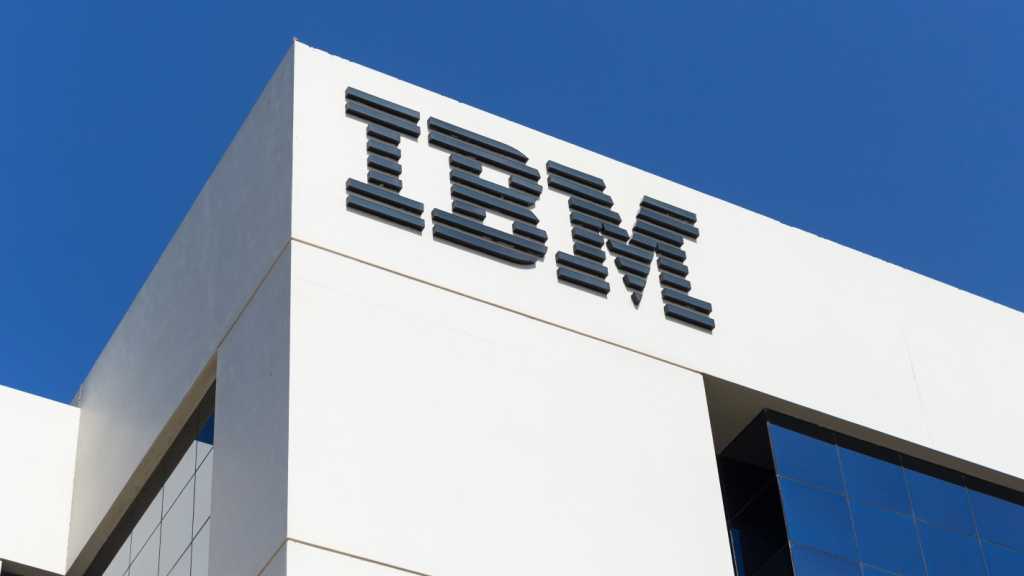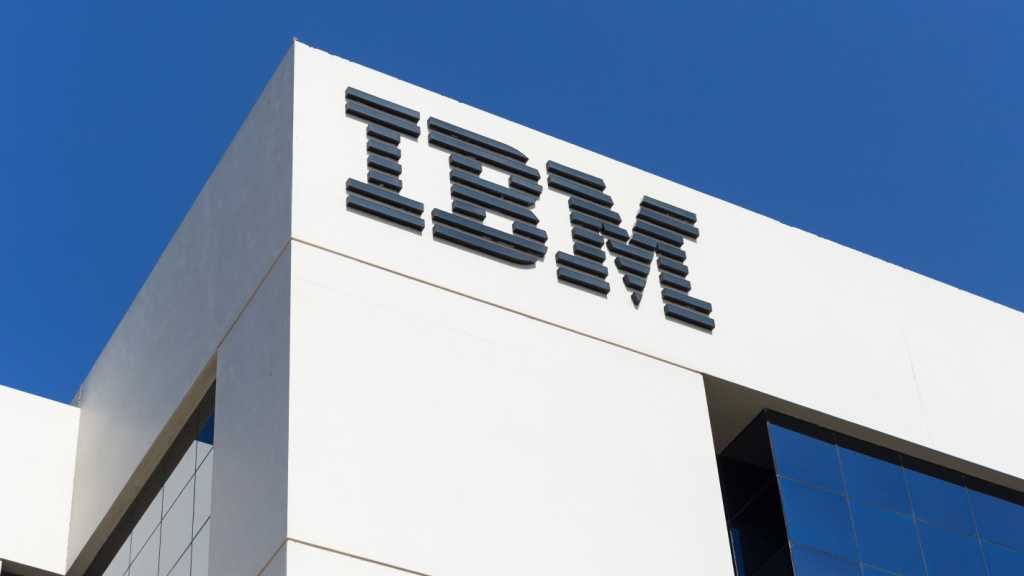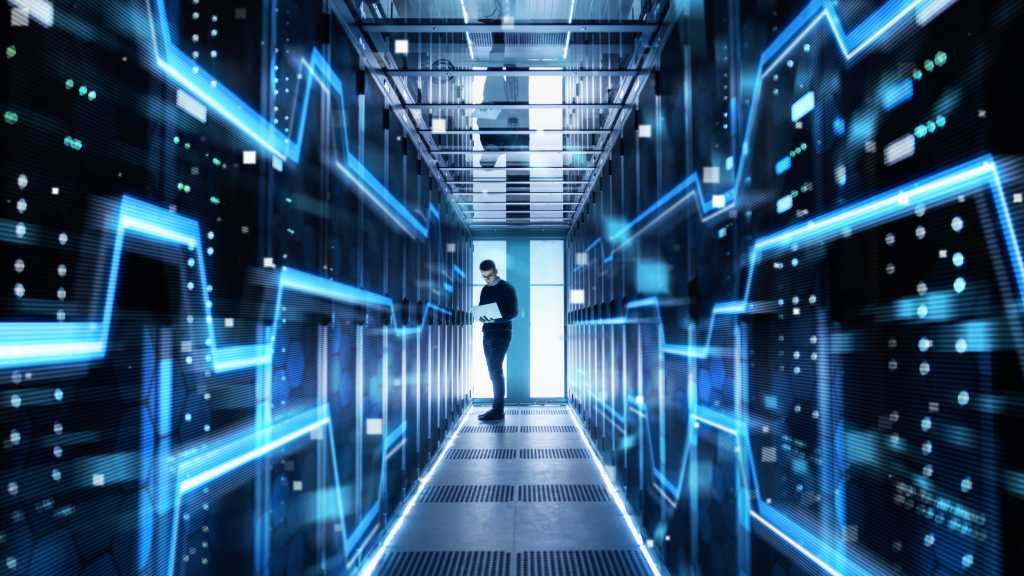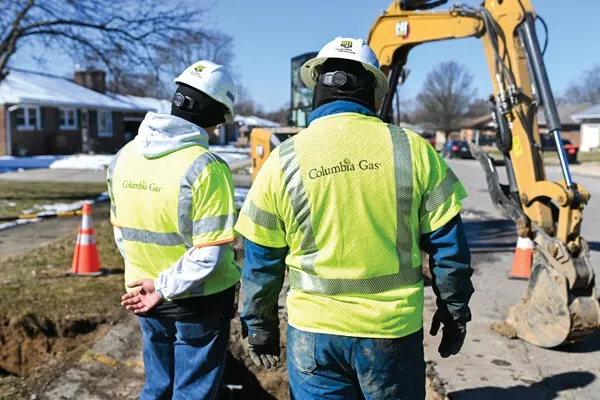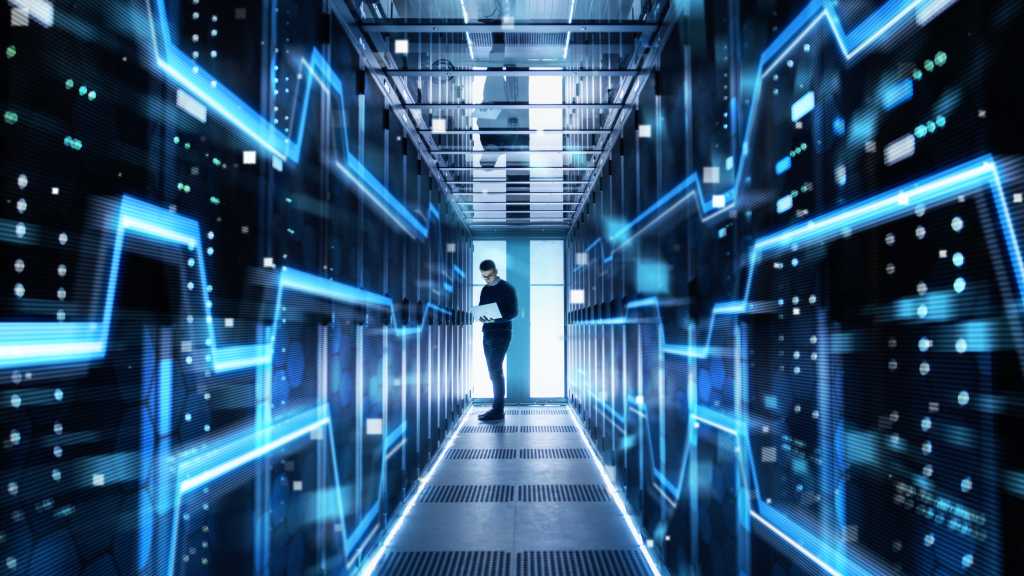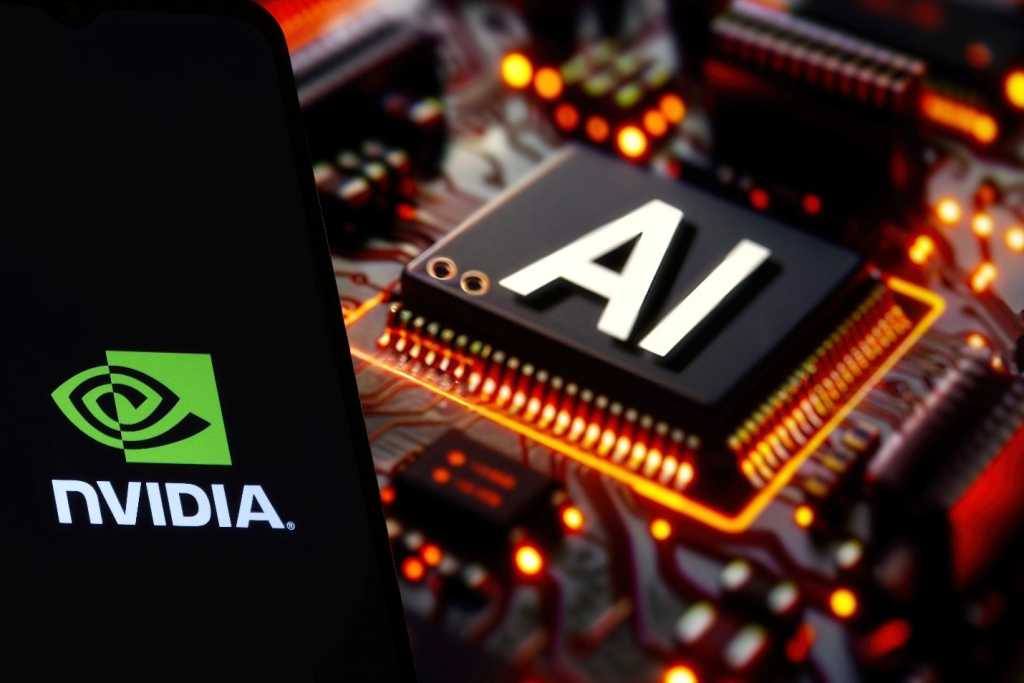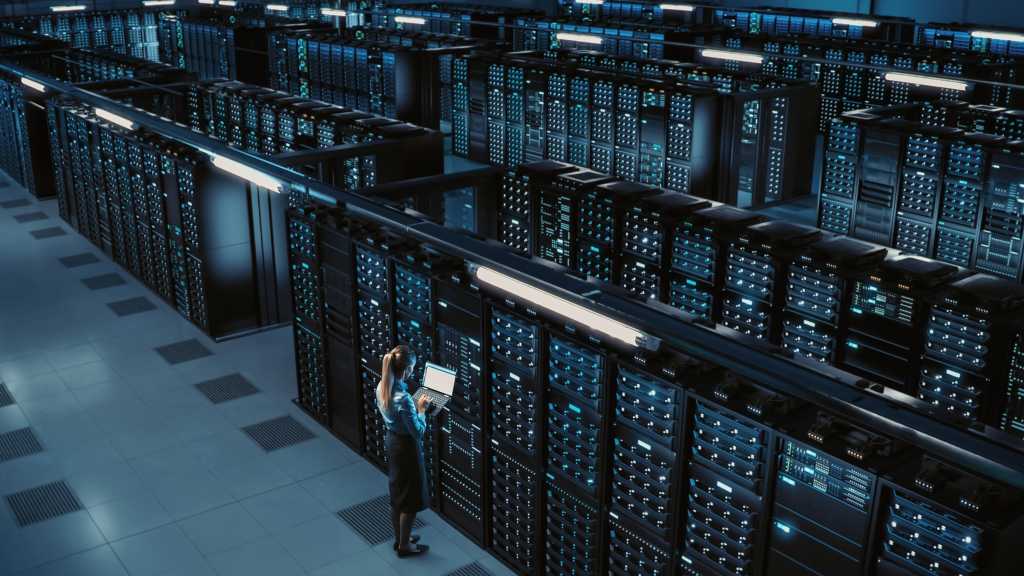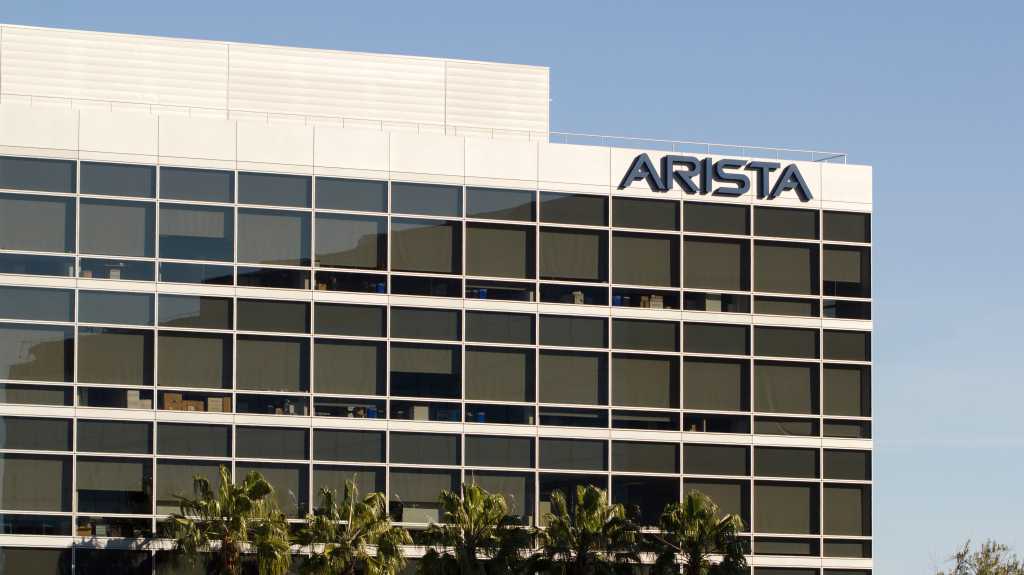
Scaling agentic AI isn’t just about having the latest tools — it requires clear guidance, the right context, and a culture that champions experimentation to unlock real value. At VentureBeat’s Transform 2025, Anu Bharadwaj, president of Atlassian, shared actionable insights into how the company has empowered its employees to build thousands of custom agents that solve real, everyday challenges. To build these agents, Atlassian has fostered a culture rooted in curiosity, enthusiasm and continuous experimentation.
“You hear a lot about AI top-down mandates,” Bharadwaj said. “Top-down mandates are great for making a big splash, but really, what happens next, and to who? Agents require constant iteration and adaptation. Top-down mandates can encourage people to start using it in their daily work, but people have to use it in their context and iterate over time to realize maximum value.”
That requires a culture of experimentation — one where short- to medium-term setbacks aren’t penalized but embraced as stepping stones to future growth and high-impact use cases.
Creating a safe environment
Atlassian’s agent-building platform, Rovo Studio, serves as a playground environment for teams across the enterprise to build agents.
“As leaders, it’s important for us to create a psychologically safe environment,” Bharadwaj said. “At Atlassian, we’ve always been very open. Open company, no bullshit is one of our values. So we focus on creating that openness, and creating an environment where employees can try out different things, and if it fails, it’s okay. It’s fine because you learned something about how to use AI in your context. It’s helpful to be very explicit and open about it.”
Beyond that, you have to create a balance between experimentation with guardrails of safety and auditability. This includes safety measures like making sure employees are logged in when they’re trying tools, to making sure agents respect permissions, understand role-based access, and provide answers and actions based on what a particular user has access to.
Supporting team-agent collaboration
“When we think about agents, we think about how humans and agents work together,” Bharadwaj said. “What does teamwork look like across a team composed of a bunch of people and a bunch of agents — and how does that evolve over time? What can we do to support that? As a result, all of our teams use Rovo agents and build their own Rovo agents. Our theory is that once that kind of teamwork becomes more commonplace, the entire operating system of the company changes.”
The magic really happens when multiple people work together with multiple agents, she added. Today a lot of agents are single-player, but interaction patterns are evolving. Chat will not be the default interaction pattern, Bharadwaj says. Instead, there will be multiple interaction patterns that drive multiplayer collaboration.
“Fundamentally, what is teamwork all about?” she posed to the audience. “It’s multiplayer collaboration — multiple agents and multiple humans working together.”
Making agent experimentation accessible
Atlassian’s Rovo Studio makes agent building available and accessible to people of all skill sets, including no-code options. One construction industry customer built a set of agents to reduce their roadmap creation time by 75%, while publishing giant HarperCollins built agents that reduced manual work by 4X across their departments.
By combining Rovo Studio with their developer platform, Forge, technical teams gain powerful control to deeply customize their AI workflows — defining context, specifying accessible knowledge sources, shaping interaction patterns and more — and create highly specialized agents. At the same time, non-technical teams also need to customize and iterate, so they’ve built experiences in Rovo Studio to allow users to leverage natural language to make their customizations.
“That’s going to be the big unlock, because fundamentally, when we talk about agentic transformation, it cannot be restricted to the code gen scenarios we see today. It has to permeate the entire team,” Bharadwaj said. “Developers spend 10% of their time coding. The remaining 90% is working with the rest of the team, figuring out customer issues and fixing issues in production. We’re creating a platform through which you can build agents for every single one of those functions, so the entire loop gets faster.”
Creating a bridge from here to the future
Unlike the previous shifts to mobile or cloud, where a set of technological or go-to-market changes occurred, AI transformation is fundamentally a change in the way we work. Bharadwaj believes the most important thing to do is to be open and to share how you are using AI to change your daily work. “As an example, I share Loom videos of new tools that I’ve tried out, things that I like, things that I didn’t like, things where I thought, oh, this could be useful if only it had the right context,” she added. “That constant mental iteration, for employees to see and try every single day, is highly important as we shift the way we work.”


